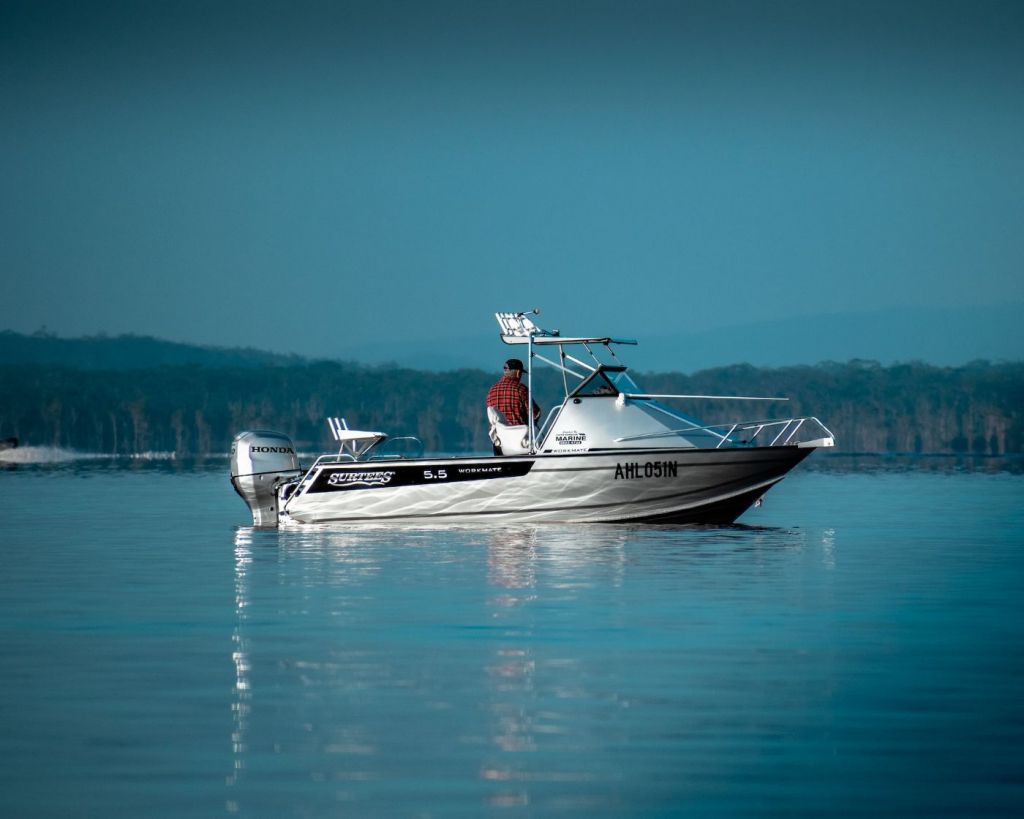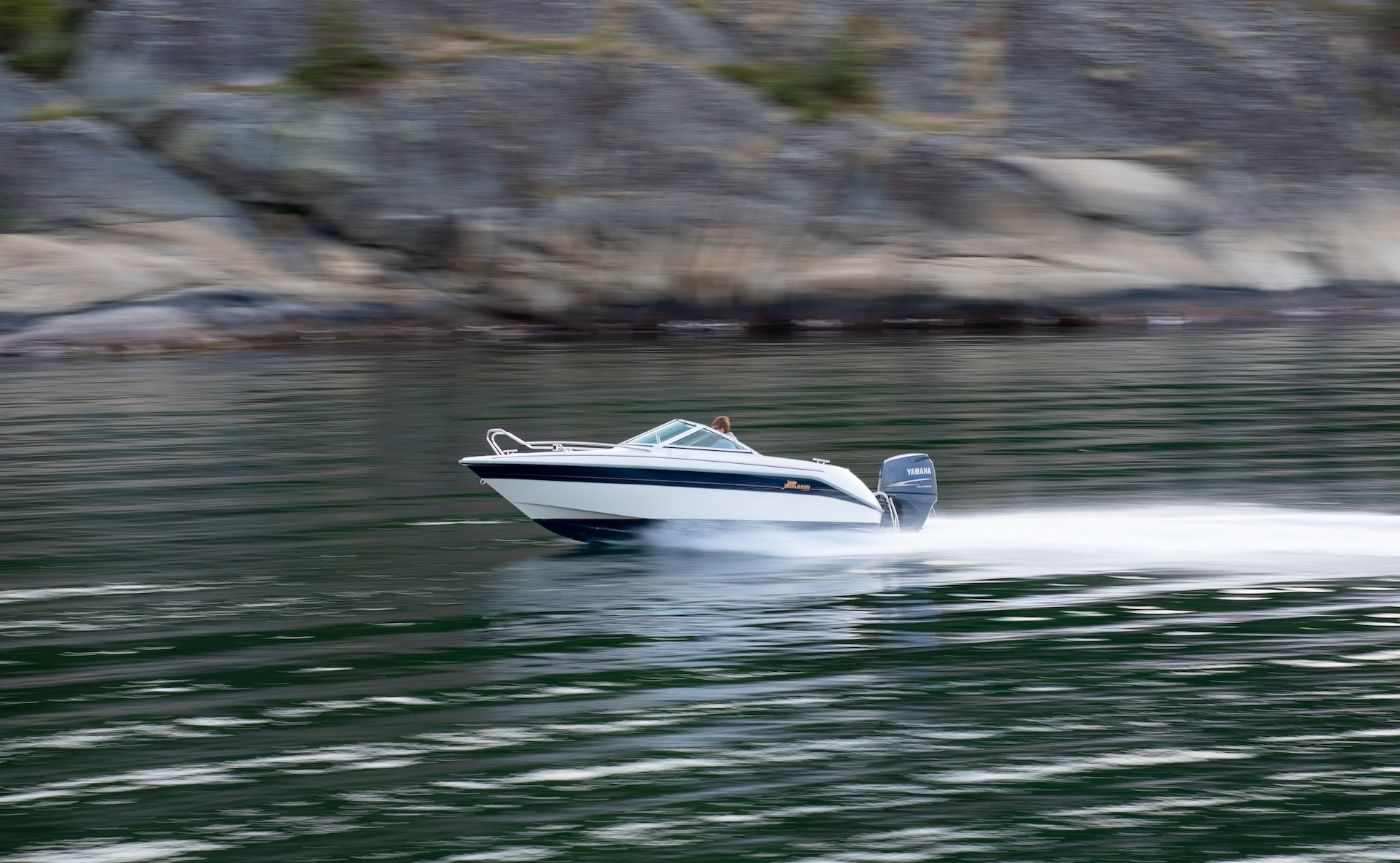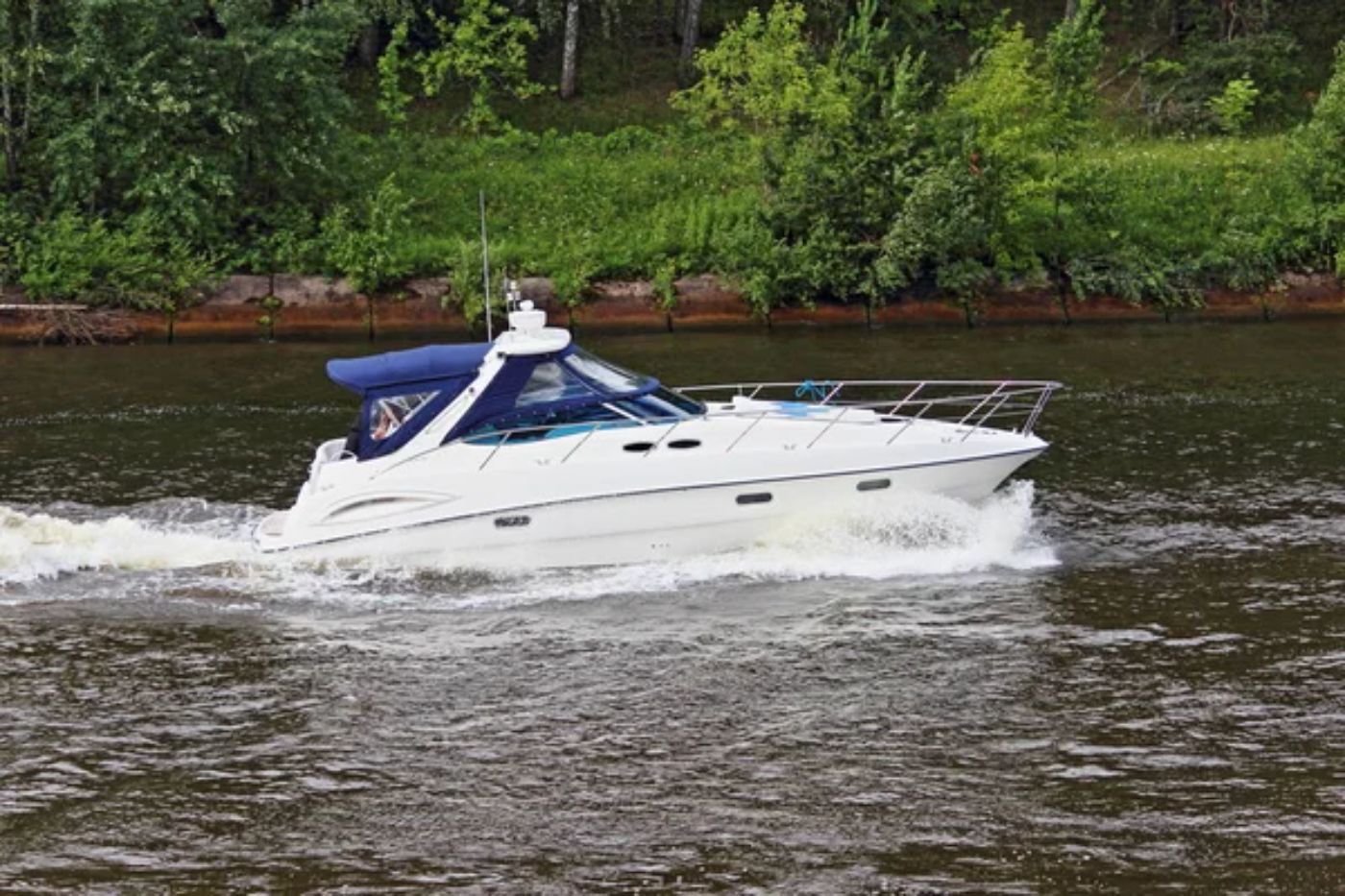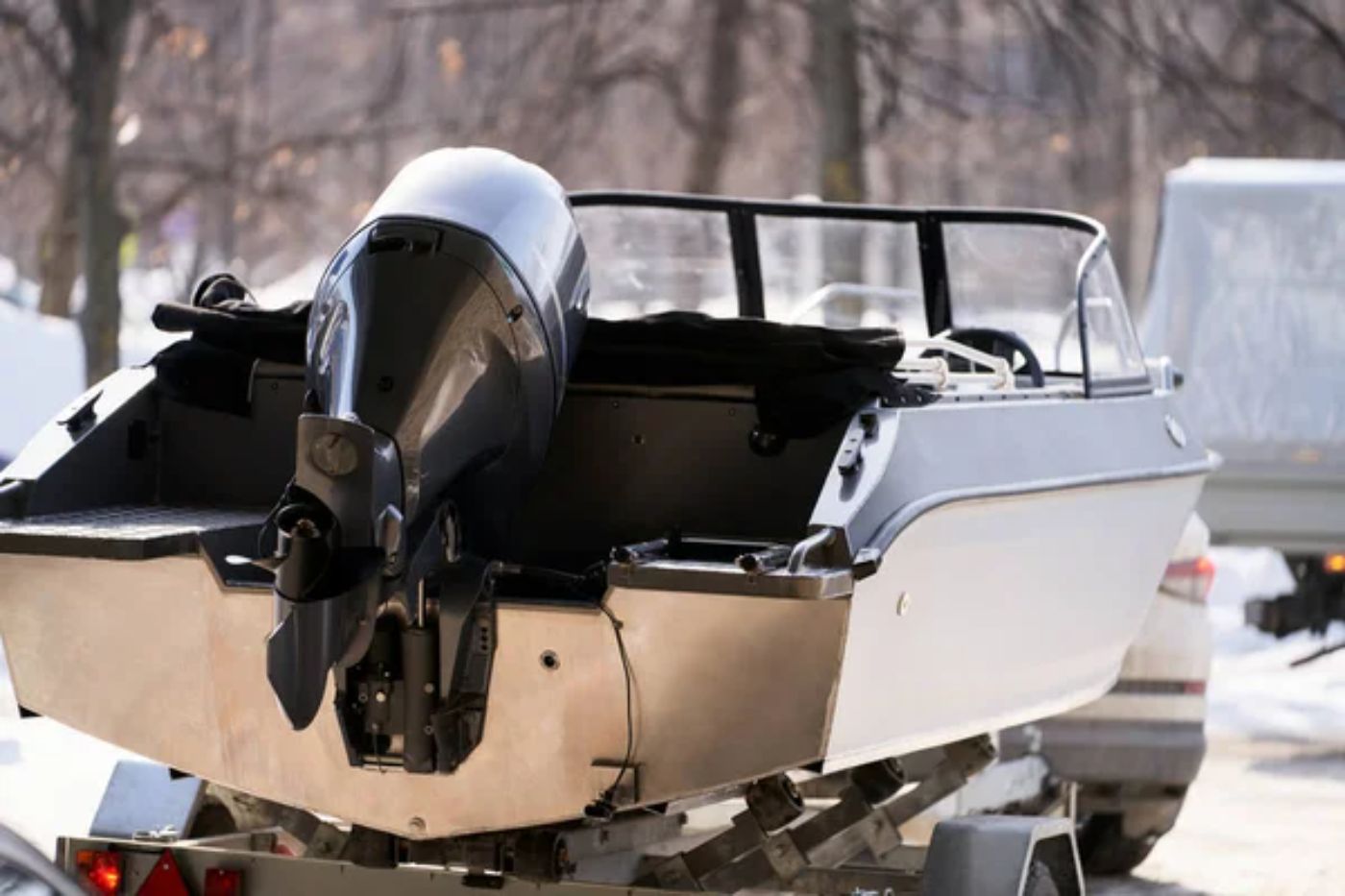When To Winterize Your Boat Motor Exactly?
Boat motor winterization involves preparing your boat motor for the cold winter months when you're not using your boat. This process protects it from the elements, such as freezing temperatures, snow, and ice. But exactly when should you winterize your boat motor?
Generally, you should winterize your boat motor when the water temperature drops below 60°F. If you live in a colder climate, winterize your boat motor before the first freeze. If you live in a warmer climate, you can wait until later in the year to winterize your boat motor.
Some common steps in winterizing your boat motor include draining the fuel tank and fuel lines, changing the oil and oil filter, draining the coolant, and adding antifreeze. We'll get into the details of each one as you read further below.
Summary
- Frequent boaters who use their boat throughout may need to winterize their boat motor earlier than someone who only uses their boat occasionally.
- For outboard motors, it's recommended to winterize them before the first hard freeze of the season, around late October to early November.
- For inboard motors, you should winterize them around late September to early October in colder climates with harsh winter weather.
- Storing your boat in a heated indoor facility may allow for later winterization, while outdoor storage may require earlier winterization.

On this page:
Exact Time To Winterize Boat Motors
The table below is a guide on when to winterize your boat motor depending on the type of motor you have and the climate in the area where you live:
| Type of Motor | Climate | Timing of Winterization |
|---|---|---|
| Outboard | Cold | Late October to early November |
| Outboard | Mild | Late November to early December |
| Inboard | Cold | Late September to early October |
| Inboard | Mild | Late October to early November |
As a general rule of thumb, it's recommended to winterize your boat motor when the water temperature drops below 60 degrees Fahrenheit. This is because colder water temperatures can cause water to freeze in your boat's engine block, which can lead to costly damage.
When to winterize depending on climate
If you live in a colder climate with harsh winter weather, it's typically recommended to winterize your boat motor before the first hard freeze of the season. This is usually around late October or early November, but it can vary depending on your location and the weather patterns in your area.

If you live in a milder climate, you may be able to wait a bit longer before winterizing your boat motor. In both cases, you should pay attention to the weather forecast and be prepared to winterize your motor if temperatures are expected to drop below freezing.
When to winterize if you have an outboard motor
As a general rule of thumb, it's recommended to winterize your outboard motor before the first hard freeze of the season.
This usually means winterizing your outboard motor in late October or early November if you live in a colder climate with harsh winter weather. However, if you live in a milder climate, you may be able to wait a bit longer before winterizing your motor.
The process of winterizing an outboard motor typically involves draining the fuel tank and fuel lines, as well as flushing the cooling system and adding antifreeze to the engine.
Always follow the manufacturer's instructions for winterizing your specific model of outboard motor to ensure that it's properly protected from the harsh winter weather.
When to winterize if you have an inboard motor
If you have an inboard motor, it is recommended to winterize it before the first hard freeze of the season. This usually means winterizing your inboard motor in late September or early October if you live in a colder climate with harsh winter weather.

However, if you live in a milder climate, you may be able to wait a bit longer before winterizing your motor. Winterizing an inboard motor typically involves draining the water from the cooling system and adding antifreeze to the engine.
If you're not sure when to winterize your boat motor, try to consult your owner's manual or talk to a professional boat mechanic. They can provide you with specific recommendations based on your boat's make and model.
In addition to climate and motor type, perhaps consider how often you use your boat. If you're a frequent boater who uses your boat throughout the fall season, you may need to winterize your boat motor earlier than someone who only uses their boat occasionally.
When to winterize based on usage, storage, and maintenance
The frequency of use determines when to winterize your boat motor
If you use your boat frequently, you may need to winterize it earlier than someone who only uses their boat occasionally. This is because the more you use your boat, the more wear and tear the engine experiences.
Over time, this wear and tear can lead to a buildup of debris, sludge, and other contaminants in the engine, which can make it more difficult to winterize effectively.
Additionally, if you use your boat in saltwater, you may need to winterize it more frequently than if you only use it in freshwater. Saltwater can be particularly corrosive to the engine and other components, so you might need to take extra precautions to protect your boat during the winter months.
Storage also affects when to winterize your boat motor
If you store your boat in a heated indoor facility, you may not need to winterize your boat motor as early as someone who stores their boat outside.
This is because indoor storage provides better protection against the cold temperatures and moisture that can cause damage to the engine. In a heated indoor facility, the temperature is generally kept above freezing, which helps prevent any remaining water in the engine from freezing and causing damage.
On the other hand, if you store your boat outside, you may need to winterize your boat motor earlier to protect it from the harsh winter conditions. When exposed to cold temperatures and moisture, the engine and other components can become damaged, leading to costly repairs in the spring.
The condition of your boat and motor is also a factor to consider
If your boat and motor are in good condition and have been properly maintained, you may be able to delay winterizing your boat motor.
Proper maintenance includes regular oil changes, tune-ups, and inspections to ensure that all components are functioning properly. If your boat and motor have been well-maintained, they may be more resistant to the effects of cold temperatures and moisture, allowing you to delay winterization until later in the season.

On the other hand, if your boat and motor are in poor condition or have not been properly maintained, you may need to winterize your boat motor earlier to prevent further damage.
Neglecting maintenance can lead to a buildup of debris, sludge, and other contaminants in the engine, which can make it more difficult to winterize effectively.
Steps To Winterize Your Boat Motor
Here are the essential steps to winterize your boat motor to protect it from the harsh winter elements. But first, if you're curious if you need to start your boat motor during winterization, you'll find answers in this article.
Drain the engine
The first step in winterizing your boat motor is to drain the engine of all water. This is important because any water left in the engine can freeze and cause serious damage.
To drain the engine, remove the drain plug and let the water drain out completely. If your boat has a closed cooling system, you'll need to flush it with antifreeze to prevent any residual water from freezing.
Clean and lubricate your boat motor
Before storing your boat, clean the engine with a mild detergent and water. Strive to remove any dirt, grime, or salt buildup that may have accumulated over the boating season.
Once the engine is clean, lubricate all moving parts with a high-quality marine lubricant to prevent rust and corrosion.
Add fuel stabilizer to your motor
Over time, fuel can break down and cause problems with your engine. To prevent this, add a fuel stabilizer to your gas tank before storing your boat.
This will help keep your fuel fresh and prevent any problems with your engine when you're ready to take your boat out again in the spring.
Take care of your boat's battery during the winter months
Remove the battery from your boat and store it in a cool, dry place. Charge the battery periodically to prevent it from losing its charge over the winter.
If you're storing your boat outside, consider covering the battery with a plastic bag to protect it from the elements.
If you didn't winterize your boat last winter season, here's what you should immediately do.
Common Mistakes To Avoid When Winterizing Boat Motor

There are a few common mistakes that you should avoid that can lead to costly repairs and damage to your boat, such as:
Ignoring the propeller
Remove the propeller and inspect it for any damage or wear and tear. If the propeller is damaged, it should be repaired or replaced before storing your boat for the winter.
Neglecting the interior
You need to remove all electronics and other valuables from the boat and clean and dry the interior thoroughly. This will help prevent mold and mildew from forming during the winter months.
In addition, you should also drain all water from the boat's systems, including the fresh water tank, bilge pump, and live well. This will help prevent any water from freezing and causing damage to the boat's systems.
Did you find the answer to your specific question?
👍 1 👎 0


Leave a comment